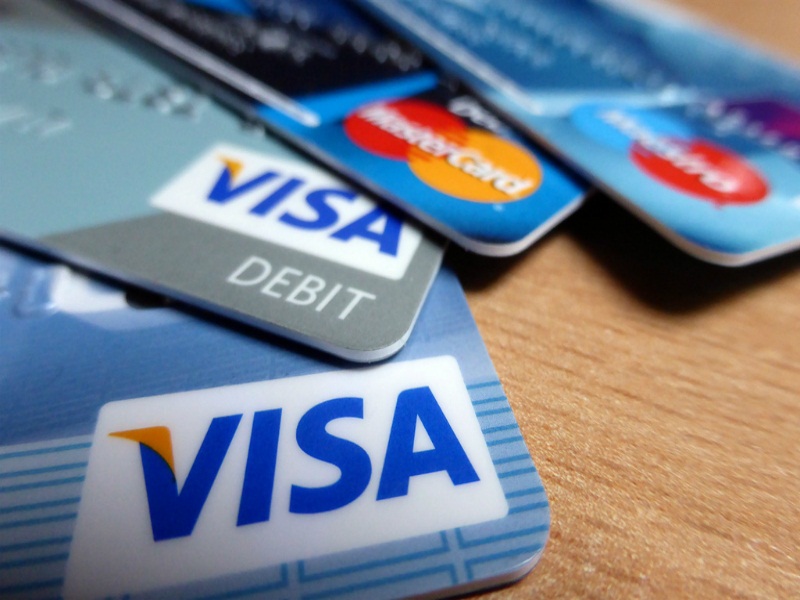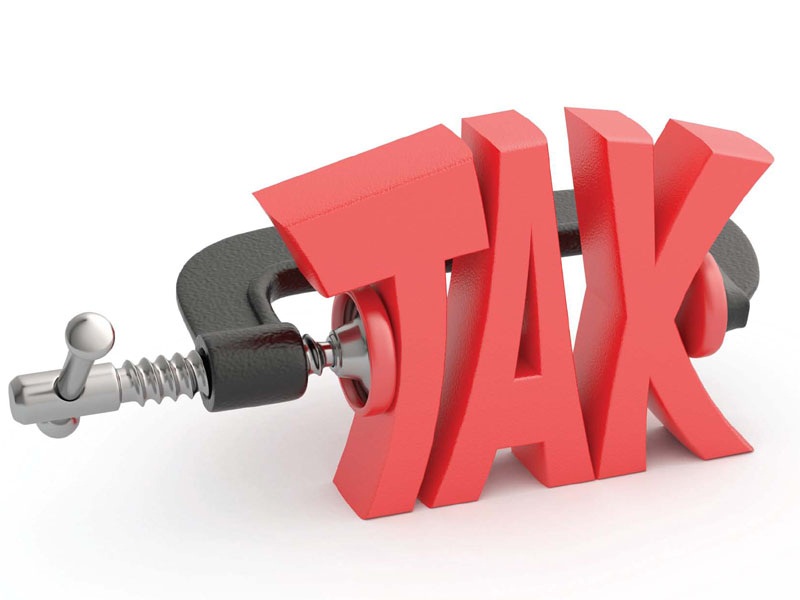Decentralized finance ecosystem has rapidly evolved to provide innovative financial tools and services that aim to revolutionize traditional banking and finance. One such innovation that is bridging the gap between decentralized and centralized systems is DeFi debit cards. These cards allow users to seamlessly spend crypto assets like stablecoins at merchants only accepting fiat currencies.
Bridging crypto and fiat with seamless liquidity
The biggest value proposition of DeFi debit cards is enabling seamless spending of crypto holdings in fiat-exclusive merchant environments with rapid liquidity. Traditional financial services often need more flexibility and convenience afforded by blockchain-based asset transfers and transactions. DeFi bridges this gap by instantly converting volatile assets to stable fiat currencies at the point of sale using automated, transparent, and non-custodial market-making mechanisms.
When using a DeFi debit card for shopping, dining out, online purchases, or ATM cash withdrawals, users don’t have to manually liquidate holdings on an exchange. The card platform covers tokens in real time at the ongoing crypto market exchange rate. Such seamless access to liquidity was previously very cumbersome for crypto holders, limiting token usability for purchases. DeFi debit cards eliminate this friction through smart contracts on decentralized exchanges.
More options for personal money management
DeFi debit cards unlock more options for users to manage personal finances using programmable blockchain technologies. Features commonly offered by cards include:
- Cashback rewards paid out in crypto assets rather than fiat points or airline miles that have restrictive redemption conditions. Rewards as high as 8% back on spending.
- Account aggregators that track and analyze financial data across users’ linked exchange accounts, DeFi platforms, NFT holdings, and other web3 wallet apps to showcase a unified dashboard for managing overall portfolio performance.
- Auto conversions and tax tools that give users more control over buying, storing, and selling digital assets – including automated reporting for capital gains liabilities.
Such functionality aims to give users greater flexibility and transparency when integrating decentralized apps into daily financial life. DeFi debit cards are acting as a consumer-friendly bridge to onboard more people seeking the benefits of open finance.
Lower fees, global accessibility
DeFi debit cards also score over traditional bank cards when it comes to fees and accessibility for underserved demographics. Network transaction fees on blockchain rails are negligible compared to expensive wire transfers, forex conversions, and capital controls limiting fiat movement across borders. The lower overhead cost structure of DeFi apps is passed on as savings to end-users. These decentralized financial networks also enable accessible participation for unbanked or underbanked populations outside the purview of legacy monetary systems. Connecting web3 wallets to debit cards gives such demographics convenient spending avenues with minimized intermediation frictions. For example, expatriate workers seamlessly transfer cross-border income to families back home using stablecoin remittances. The Retik token amount reflects instantly in home currency when the family uses a linked local debit card for purchases.
















